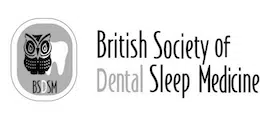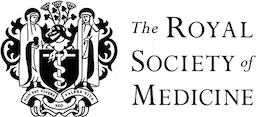Temporomandibular joint (TMJ) disorder is a common condition affecting up to 15% of the adult population. While some cases resolve naturally, persistent pain may require expert evaluation and TMJ treatment in London.
If you’re experiencing jaw pain, tenderness in the ears, head, neck, or back, or difficulty chewing, you may be suffering from TMJ disorder near me. Dental misalignment, stress, and habits like teeth clenching can contribute to this condition. Seeking care from a TMJ specialist in London ensures accurate diagnosis and effective treatment to restore comfort and jaw function.









